How Can We Protect the Delicate Balance of Forest Ecosystems
- August 8, 2024
- 0 comment
Protecting the delicate balance of forest ecosystems is essential for maintaining biodiversity and ensuring the health of our planet. Forests provide critical habitats for countless species and play a vital role in regulating the Earth’s climate. By implementing sustainable practices and raising awareness, we can help preserve these invaluable natural resources for future generations.
What is a Forest Ecosystem?
Forest ecosystems are complex and dynamic entities that cover about 31% of the Earth’s land surface. Comprising trees, plants, animals, and microorganisms, these ecosystems are crucial in regulating the climate, purifying the air, and supporting an incredible variety of biodiversity. However, they face severe threats that disrupt their balance and undermine their health. Deforestation driven by logging, agricultural expansion, and urban development is the most visible and immediate threat, resulting in significant habitat loss and reduced biodiversity.
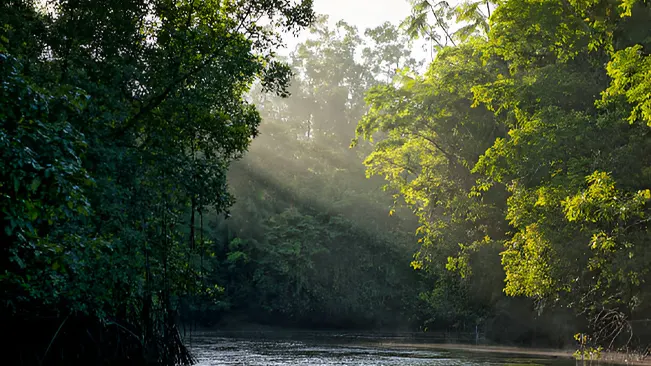
The challenges posed by climate change, such as altered precipitation patterns and temperature shifts, lead to more frequent and severe droughts and wildfires, compounding the threats to these vital systems. Pollution from industrial activities, agricultural runoff, and urban waste further degrades soil and water quality, placing additional stress on these delicate ecosystems. Given these pressing challenges, protecting the delicate balance of forest ecosystems is more crucial than ever and requires a multi-faceted approach. This article will explore legal protections, sustainable management, and active restoration efforts essential for safeguarding existing forests and restoring damaged ones. The health of our planet and the legacy we leave for future generations hinge on our ability to maintain these vital ecosystems.
Threats to Forest Ecosystems
Deforestation and Its Impacts
Deforestation is primarily driven by agricultural expansion as farmers clear forest land to cultivate crops and rear livestock, responding to global food demand. Logging, both legal and illegal, also plays a significant role as trees are harvested for timber and paper products, often without adequate reforestation efforts. Additionally, mining operations contribute to deforestation as they clear vast areas to access underground resources, further exacerbated by the roads and infrastructure needed to support such activities.
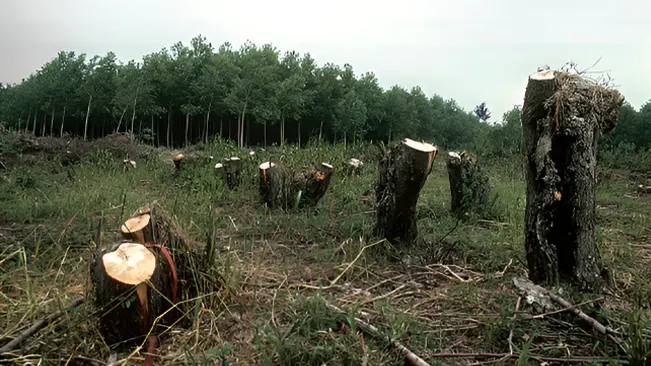
The removal of forests leads to a drastic reduction in habitat for countless species, causing a significant loss of biodiversity. This biodiversity is crucial for ecosystem resilience, as it enhances the ability of forest ecosystems to recover from various environmental stresses. Furthermore, deforestation disrupts ecological functions such as carbon storage, nutrient cycling, and water regulation, leading to more severe environmental degradation, including soil erosion, reduced water quality, and increased carbon emissions.
Climate Change and Forest Vulnerability
Climate change affects forests by altering the regional climate conditions that forests depend on. Rising temperatures and shifting precipitation patterns stress trees and plants, potentially leading to reduced growth rates and increased mortality. These changes can alter forest structure and function, potentially transforming forested areas into less dense and more arid environments over time.
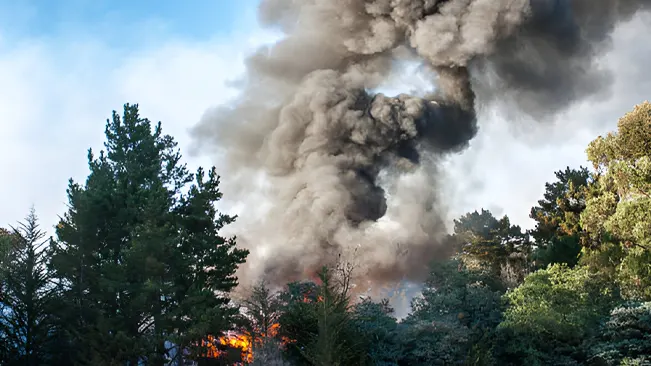
Warmer and drier conditions directly contribute to an increased frequency and intensity of forest fires, which can rapidly alter the landscape and lead to long-term ecological shifts. Simultaneously, higher temperatures favor the proliferation and survival of forest pests such as bark beetles. These pests are especially destructive to stressed and weakened trees, often leading to widespread forest degradation when natural controls, such as cold temperatures, no longer limit their populations.
Pollution and Forest Degradation
Air pollution, particularly from industrial emissions and vehicular exhaust, introduces harmful pollutants like sulfur dioxide, nitrogen oxides, and ozone into forest environments. These pollutants can cause direct damage to tree foliage and impair photosynthesis, leading to weakened trees and reduced forest health. Acid rain, resulting from these pollutants, further degrades forest vitality by acidifying soils, leaching essential nutrients, and harming aquatic life in forest streams.

Water pollution from agricultural runoff, industrial waste, and untreated urban effluents introduces harmful chemicals and nutrients into forest ecosystems. These pollutants can have toxic effects on wildlife and plants, disrupting reproductive cycles and reducing biodiversity. Additionally, polluted water affects the quality of soil and the overall health of the forest, making it less capable of supporting the diverse life forms that rely on it.
Effects of Climate Change on Forest Ecosystems
Droughts
Droughts are periods of unusually dry weather that persist long enough to cause environmental or economic impacts. As global temperatures rise and precipitation patterns shift, droughts are becoming more frequent and severe, particularly affecting forest ecosystems. Trees rely on a steady water supply from the soil, which drought conditions compromise. This water stress leads to a reduction in photosynthesis, the vital process through which trees absorb carbon dioxide and release oxygen.
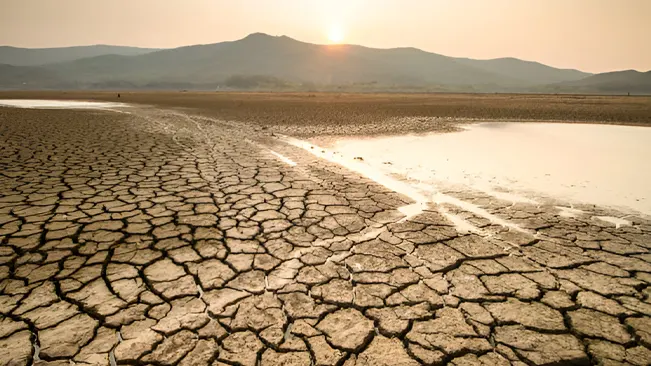
The reduction in photosynthesis hampers tree growth and lowers their reproductive rates, making forests less dense and diverse over time. Moreover, drought-weakened trees are more susceptible to diseases and infestations. Pathogens and insects that trees would normally ward off when healthy can become fatal in drought conditions. For instance, fungi that attack tree roots are more lethal when trees are already struggling with water absorption.
Wildfires
Wildfires are naturally occurring phenomena in many ecosystems but are becoming increasingly common and intense due to climate change. Higher temperatures and prolonged dry spells dry out organic matter, such as leaves and branches, making forests more susceptible to fires. When these intense fires occur, they can lead to significant changes in the landscape. Severe fires not only destroy vast areas of forest but also emit huge amounts of carbon dioxide back into the atmosphere, contributing further to climate change.

The ecological consequences of wildfires extend beyond the immediate loss of trees and wildlife. They can alter habitats so drastically that some species may no longer thrive, leading to reduced biodiversity. Moreover, the destruction of forest canopy exposes soil to erosion, reduces the forest’s ability to store water and nutrients, and disrupts local microclimates that many plants and animals depend on.
Pest Outbreaks
Climate change influences the range and activity of many forest pests. Warmer temperatures allow pests like bark beetles to survive winter and expand their range into new areas where they may not have been previously encountered. These pests are particularly destructive as they burrow into trees to lay eggs, disrupting the flow of nutrients and water within the tree, effectively killing it over time.

The increase in pest populations and their expanded geographical range can lead to widespread forest destruction. For example, bark beetles have devastated millions of acres of forests across North America by exploiting trees weakened by drought and warm temperatures. The loss of these trees not only affects biodiversity but also reduces the forest’s ability to act as a carbon sink, exacerbating the effects of climate change.
Conservation Strategies
Legal Protections and Policy Frameworks
Numerous international agreements focus on forest conservation and sustainable management. The United Nations’ REDD+ (Reducing Emissions from Deforestation and Forest Degradation) initiative is a prominent example, encouraging countries to prevent deforestation and forest degradation through financial incentives. Nationally, laws might regulate land use, protect endangered species, and manage resource extraction to prevent over-exploitation. For instance, the Lacey Act in the United States prohibits the trade in wildlife, fish, and plants that have been illegally taken, possessed, transported, or sold.

Government and NGOs in Forest Conservation
Governments play a crucial role by enforcing environmental laws and allocating resources for conservation projects. They can establish protected areas, fund scientific research, and support sustainable land management practices. Non-governmental organizations (NGOs) often work alongside or push governments to create and implement more effective conservation policies. NGOs also raise awareness, mobilize resources, and execute conservation projects on the ground. Organizations like the World Wildlife Fund (WWF) and Conservation International are deeply involved in global efforts to protect forest ecosystems through both advocacy and direct action.

Sustainable Management Practices
Community-based Forestry Management

This approach involves local communities in the management and conservation of forests, recognizing that people living closest to these environments are essential to their sustainable management. By involving communities in decision-making processes and benefit-sharing from forest resources, these programs promote stewardship and sustainable use, helping to reduce deforestation and forest degradation. Examples include the community forestry program in Nepal, which has been successful in restoring degraded forests while providing economic benefits to the local population.
Ecologically Sustainable Logging Practices
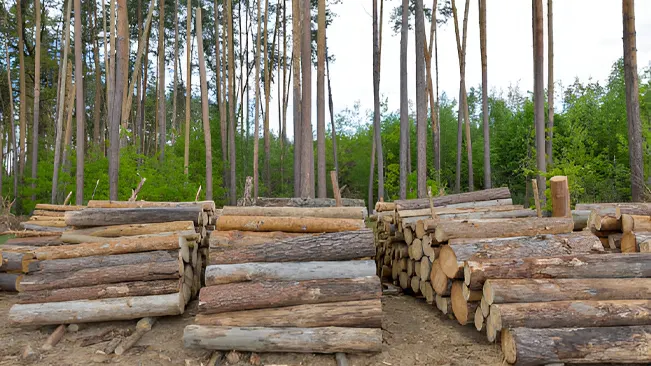
Sustainable logging practices ensure that forest exploitation does not exceed its capacity to regenerate. Techniques such as selective logging, where only certain trees are cut down, help to maintain canopy cover and biodiversity. Controlled logging intervals allow forests time to recover, maintaining ecological balance. Certification schemes like the Forest Stewardship Council (FSC) certify wood products produced from forests that are managed sustainably, encouraging industry and consumers to support responsible forest management.
Restoration and Reforestation Initiatives
Techniques for Effective Reforestation

Reforestation involves planting trees in deforested or degraded forest areas to restore ecological functions. Effective reforestation requires selecting appropriate tree species that match the local climate and soil conditions, often focusing on native species to support biodiversity. Techniques like mixed planting can create more resilient and sustainable ecosystems. Additionally, ensuring proper tree density and protecting young saplings from grazing or fire is crucial for the success of reforestation efforts.
Success Stories from Around the Globe

There are numerous global success stories in forest conservation and reforestation. For instance, Costa Rica has reversed its high deforestation rates through national conservation and payment for ecosystem services programs. Another example is China’s Loess Plateau, where reforestation and sustainable agricultural practices have transformed a once severely degraded area into a lush, green landscape that supports local communities.
Conclusion
In summary, protecting forest ecosystems requires a comprehensive approach that addresses the diverse threats they face. Through robust legal frameworks, community involvement, and effective reforestation efforts, we can restore and maintain the delicate balance of these vital natural environments. It is essential for global cooperation and the engagement of all societal sectors to ensure the continued provision of crucial ecological services and the preservation of biodiversity for future generations.
FAQs
- What are forest ecosystems?
Forest ecosystems include trees, plants, animals, and microorganisms interacting within their specific environmental context. They are essential for biodiversity, climate regulation, and natural resource provision. - Why is it important to protect forest ecosystems?
Forest ecosystems stabilize the Earth’s climate, support biodiversity, and provide vital resources like clean air and water. Their protection is crucial for the health of our planet and future generations. - What are the major threats to forest ecosystems?
Key threats include deforestation from agriculture, logging, and mining; climate change affecting weather patterns; and pollution from industrial and urban activities. - How can we reduce deforestation?
We can curb deforestation by enforcing stricter legal protections, adopting sustainable land management, and choosing products from sustainable sources. - What role do local communities play in forest conservation?
Local communities are crucial to forest conservation. By engaging in community-based management, they help ensure forests are used sustainably and benefits are shared. - What is sustainable logging and how does it help?
Sustainable logging minimizes environmental impact through selective cutting and controlled harvests, helping preserve biodiversity and forest health. - How effective are reforestation and forest restoration efforts?
When done correctly using native species and proper techniques, reforestation and restoration can effectively regenerate degraded areas and enhance forest resilience. - Can individual actions really make a difference in protecting forests?
Yes, individual efforts like reducing paper use, supporting sustainable products, and joining conservation activities play a significant role in forest protection.

Joel Cunningham
Forestry AuthorI'm Joel Cunningham, an expert in pruning and weed management with over a decade of experience. My skills are rooted in formal training and extensive practice, focusing on advanced pruning techniques and efficient weed control. I'm known for my quality work, precision, and deep understanding of plant health and soil dynamics. My contributions extend to educational initiatives where I share sustainable practices and advice, establishing myself as a reliable and authoritative figure in the gardening community.

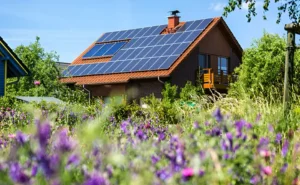
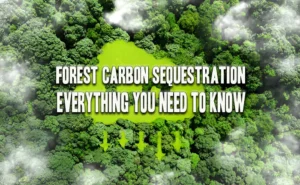


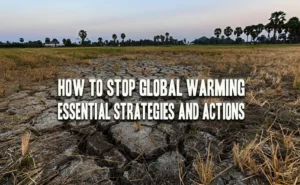
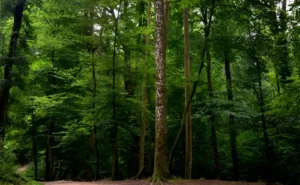
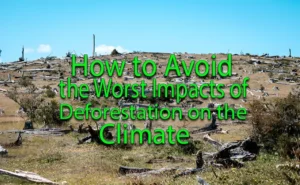

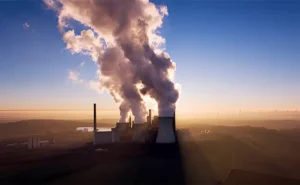



Leave your comment